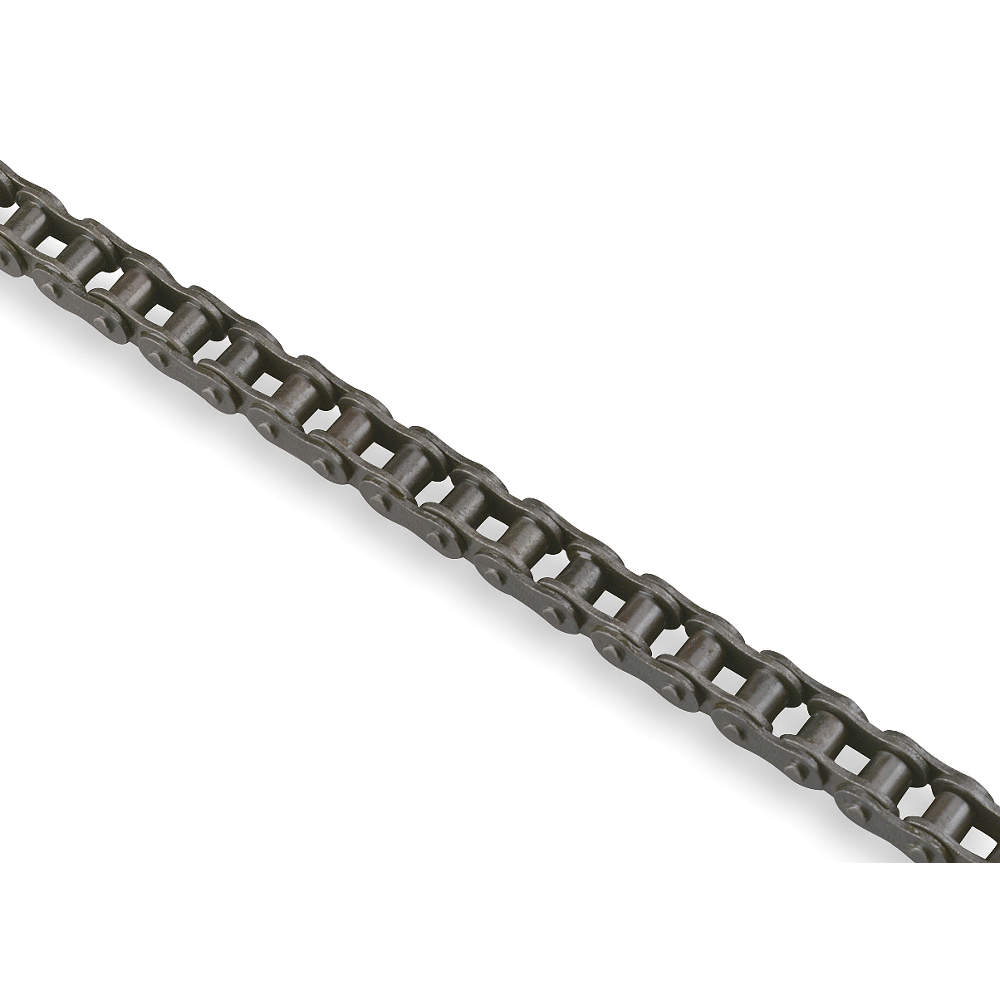Tsubaki 50SS chain roller is used in manufacturing, agriculture, material handling and automotive. It has a robust design that ensures dependable power transmission and motion control for machinery requiring reliability and precision.
Working Mechanism:
- Tsubaki 50SS chain roller transmits power through rolling motion and link interlock.
- It evenly distributes loads, reducing friction and wear.
- The chain then transfers rotational motion for mechanical functions in various industries.
Features:
- This roller chain has stainless steel construction for structural rigidity and long service life.
- It offers nickel-plated finish with a surface treatment for harsh outdoor environments, ensuring high strength and improved corrosion resistance.
- This roller chain features a riveted pin style design for improved and easy operations.
Frequently Asked Questions:
Q. Are there specific guidelines for storing Proto JSCV-20S ratcheting wrench set and how can improper storage affect their condition?
A. Proper storage involves keeping the wrenches in a dry, controlled environment and utilising pegboards or a tool chest for organisation. Inadequate storage in damp or humid conditions can result in rust formation and a decrease in functionality.
Q. How do I clean and maintain this chain roller?
A.
- Regularly inspect for wear and damage.
- Clean the chain roller by removing dirt and debris with a suitable solvent.
- Apply chain lubricant as recommended.
- Maintain proper tension for optimal performance.
- Promptly replace worn or damaged components.
Q. What factors should I consider while choosing a chain roller?
A.
- Ensure it can handle the expected loads.
- Consider exposure to moisture, chemicals and temperature.
- Choose a material suitable for your application.
- Select the right chain size and pitch for your machinery.
- Evaluate ease of cleaning and lubrication.
- Stay within your budget while meeting performance requirements.
Q. What safety precautions should I take while using Tsubaki 50SS chain roller?
A.
- Wear appropriate personal protective equipment (PPE).
- Follow manufacturer's instructions for installation.
- Keep hands and clothing away from moving parts.
- Ensure proper tension to prevent slippage.
- Regularly inspect for wear and damage.
 Change Country
Change Country


